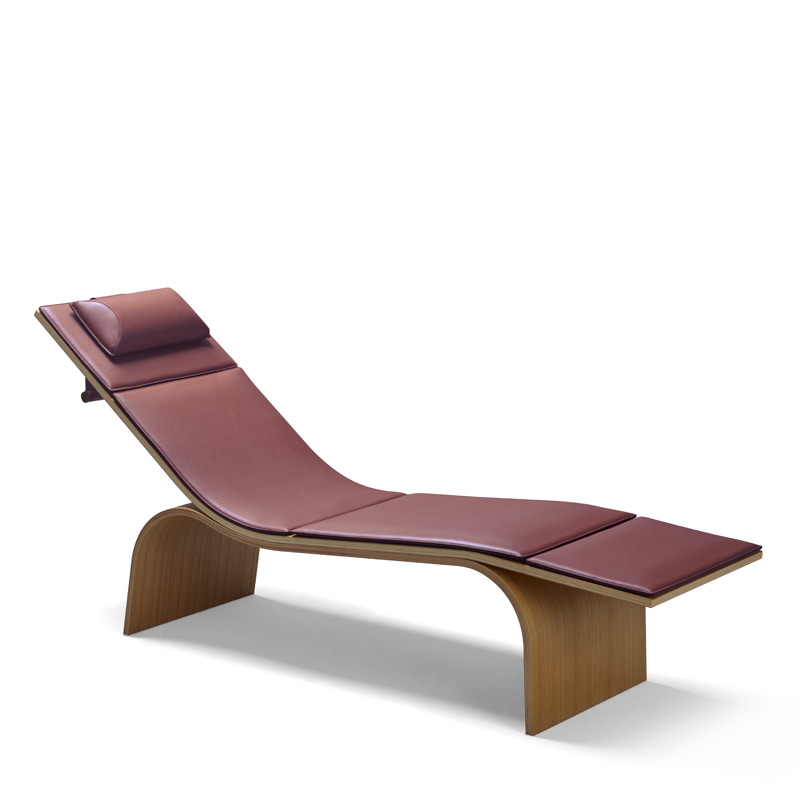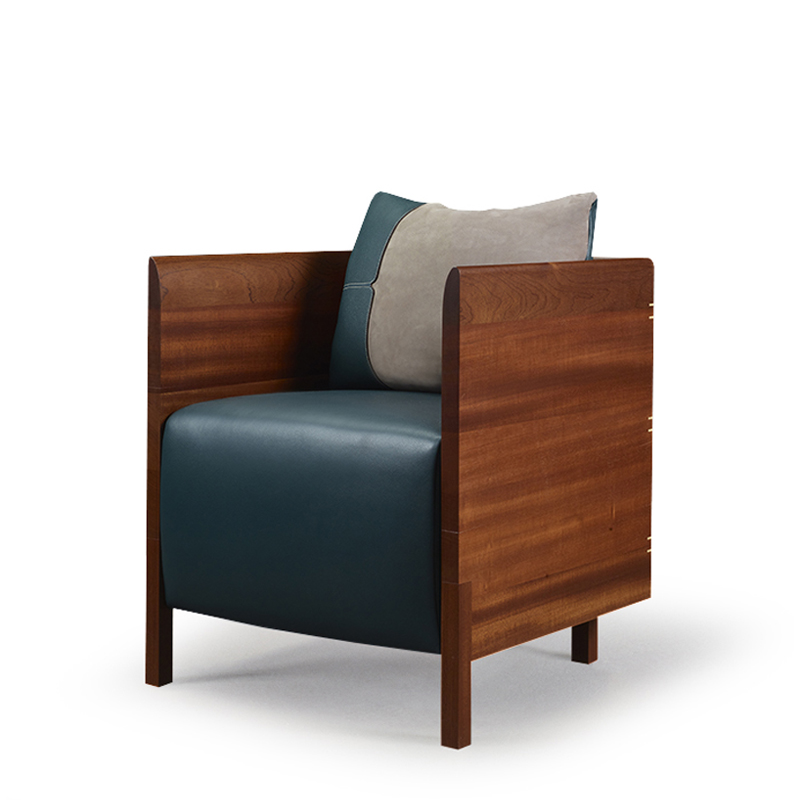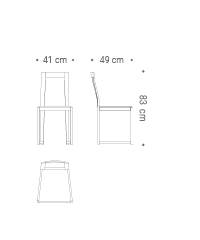The Farfallina chair, as light as a butterfly, originally named “Borboleta” (butterfly in Portuguese), it was born as a collaboration with the renowned Portuguese architect Álvaro Siza. Farfallina (italian for “Little butterfly”) presents itself as chair characterized by a minimalistic design and by a peculiar lightness. Its structure in solid wood of natural beech, comes from the Black Forest, with sitting in leather is however still ergonomic and gives the chair comfortability and stability.
Farfallina was awarded the XXVIII Compasso d'Oro ADI 2024.
Product Details
Technical specifications
Farfallina Wins XXVIII Compasso d'Oro ADI 2024 Award.
The Farfallina chair, designed by Álvaro Siza, won the prestigious Compasso d'Oro award, the most significant in the field of Italian design.
This important recognition confirms Bottega Ghianda as a symbol of excellence in Italian craftsmanship. The craftsmanship of its artisans allows exceptional designers to give concrete form to their creative vision.
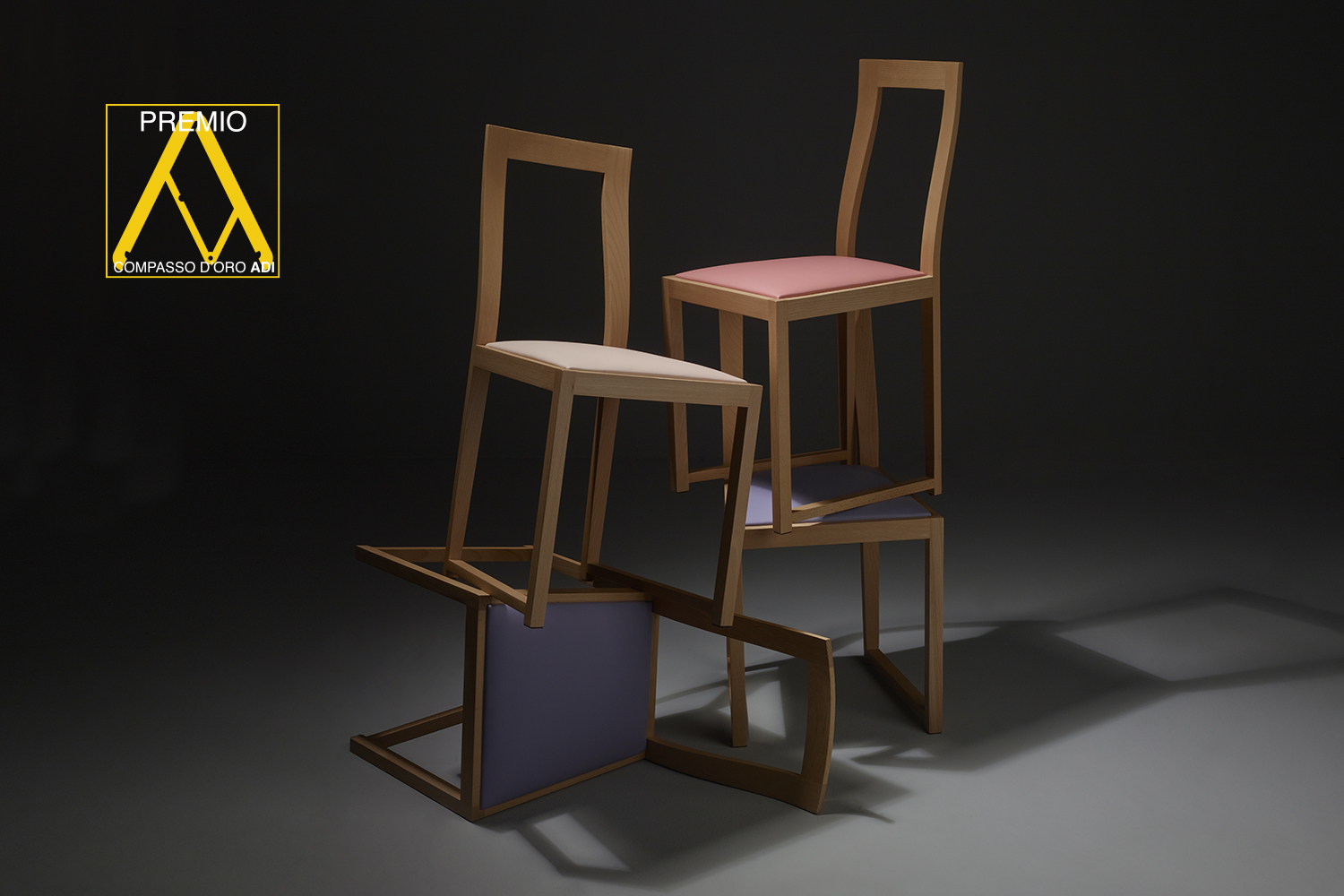
Essence and finishings
Bottega Ghianda carefully selects the quality of materials such as essences, leathers and fine fabrics that make each product unique.
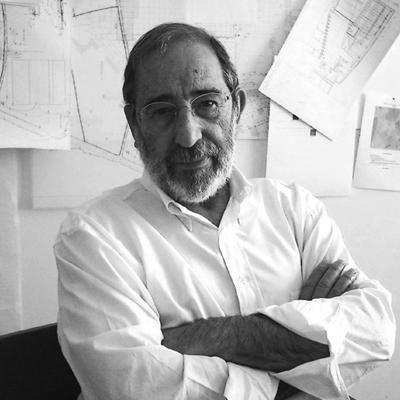
Álvaro Siza
Álvaro Joaquim de Melo Siza Vieira was born in 1933 in Matosinhos, near Porto. From 1949 to 1955 he attended the Faculty of Architecture at the University of Porto. Between 1966 and 1969 he taught at the School of Fine Arts in Porto, and in 1976 he was awarded the title of professor in the discipline of Construction, after that he teaches at the Faculty of Architecture in Porto. He is an honorary professor at Southeast University China and the China Academy of Art as well as an honorary partner of the Academy Schools of Architecture and Urbanism of Portuguese language. Many of his works can be found in Porto: Boa Nova Tea House (1963), the Faculty of Architecture (1987-93), Serralves Museum of Contemporary Art (1997). From 1995 to 2009 he worked on the project of the Museum of Architecture on the island of Hombroich in collaboration with Rudolf Finsterwalder. In July 2014 Siza announced his decision to donate the majority of his archive to the Canadian Centre for Architecture (CCA) in Montreal, Quebec - Canada, to make his materials accessible alongside the work of other modern and contemporary architects.



